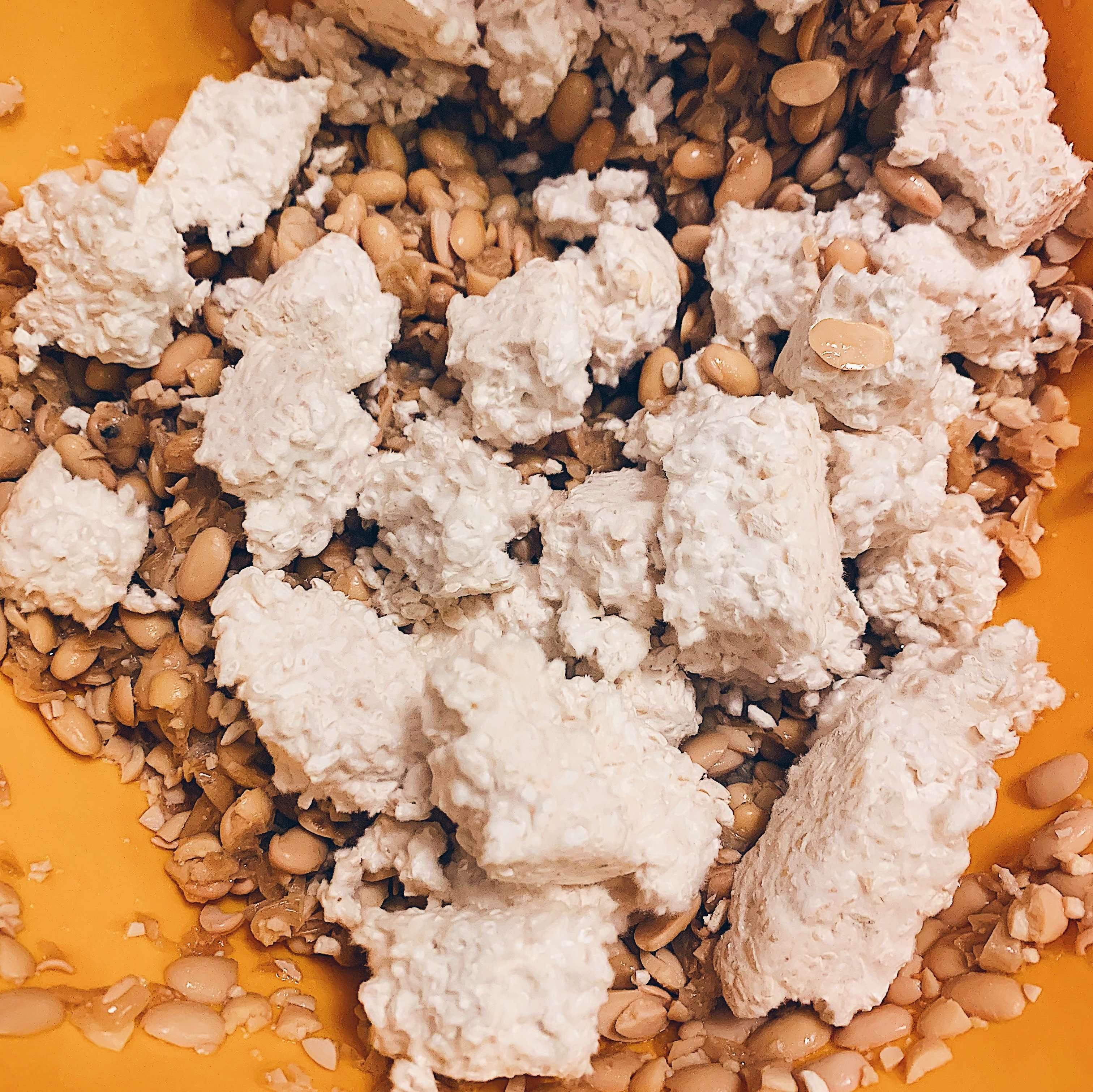Rice Koji Starter Cultures for Miso, Tamari, Amazake
Rice Koji Cultures for Miso


Koji was first used in China (where it is known as qu) in 300 BC, and in Japan in 300 AD. As a fermenting agent, koji was a vital component in food preservation. By 10th Century AD koji was being deliberately manufactured so the foods made with it could be produced in large enough quantities to meet demand. Since then the demand for koji has grown, and its use has diversified from being just a fermenting agent to also being a seasoning in its own right!
Koji is a super star in fermentation and provides the main framework for major fermented soy and rice foods:
- Shio Koji - A condiment and marinade
- Miso (fermented bean paste) and Tamari (wheat-free soy sauce substitute)
- Shoyu (soy sauce)
- Rice vinegars
- Sake (rice wine)
- Amazake (sweet, non-alchoholic rice wine)
- Tsukemono (Pickles)
- Garums (fish sauce, chicken sauce - Koji fermentation breaks down proteins and imbues it with an aromatic and sweet flavour)
At Craft & Culture, get our rice koji (米麹) to start your ferments! We offer in amounts of 200g and 450g! Just select from the drop down menu. We also offer fermentation workshops as well! Please see here
Known scientifically as Aspergillus Oryzae, this mould undergoes rapid mycelial growth on and into grains like rice and barley, and secretes enzymes like amylases to digest carbohydrates into simple sugars when the koji rice is activated.
Upon addition to a second grain, usually cooked soy beans, a secondary fermentation process then happens, transforming in flavor and texture. It's how soybeans become miso, rice becomes sake, soybeans plus wheat become soy sauce.
Famed chef David Chang of Momofuku describes it best:
"Microbes produce enzymes, enzymes develop amino acids, glutamic acid + aspartic acid = umami, umami = delicious."
Usage:
For white miso, use 200g rice koji to 100g uncooked beans. Makes 500-550 g
Basic Recipes are available as a download after purchase in your online account. Please make sure to create one.
Appearance:
Colour differences may vary between pale beige-brown, yellow, cream, or white. May come in cakes or as individual grains
Storage:
Store in a cool and dry place or in the fridge. See package for best by date.











